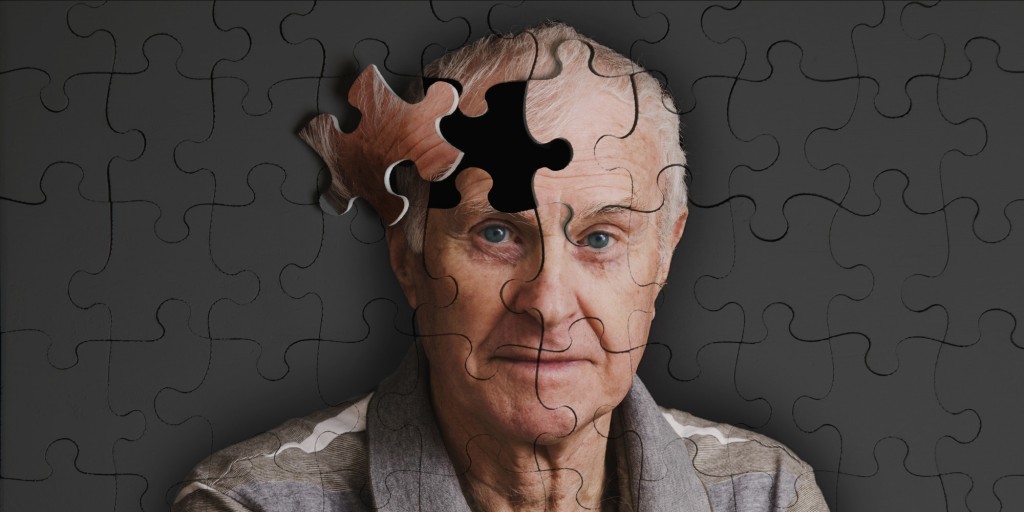
“Our findings clearly support the view that aggregated amyloid-beta is the pathological culprit of Alzheimer’s disease,” explains YoungSoo Kim, who led the research team at the Korea Institute of Science and Technology in Seoul.
This most recent study, though, not only attempted to confirm the effects of amyloid plaque build-up in the brain, but also investigate possible treatments. The researchers say they found that a chemical known as EPPS can clear amyloid plaque from the brain.
In lab mice studies, those who had been injected with amyloid plaques showed cognitive decline, but cognitive ability was slowed after administration of EPPS.
This is only preliminary, though, not necessarily a cure; at least, not yet. Kim says, “I do not believe EPPS or other amyloid clearing drug candidates will make Alzheimer patients recover their damaged brains. However, I strongly believe these drug candidates will halt the neurodegeneration and rescue patients from death.”
In addition, Alzheimer’s Society research head James Pickett comments, “While new insights into potential ways to treat Alzheimer’s disease are welcome, in this case, it’s too early to say if this will one day benefit people living with Alzheimer’s.
This study has found a new chemical that could help to clear some forms of amyloid, the toxic protein that is a hallmark of Alzheimer’s disease. However, so far this has only been shown in mice, which do not fully replicate several of the important changes that we see in the brains and behaviours of people with dementia.”
He continues, “We are working to increase our understanding of Alzheimer’s disease all the time, and there are already a number of drugs in clinical testing that are targeted against amyloid. We hope that new findings will one day translate into real treatments for people living with dementia.”








